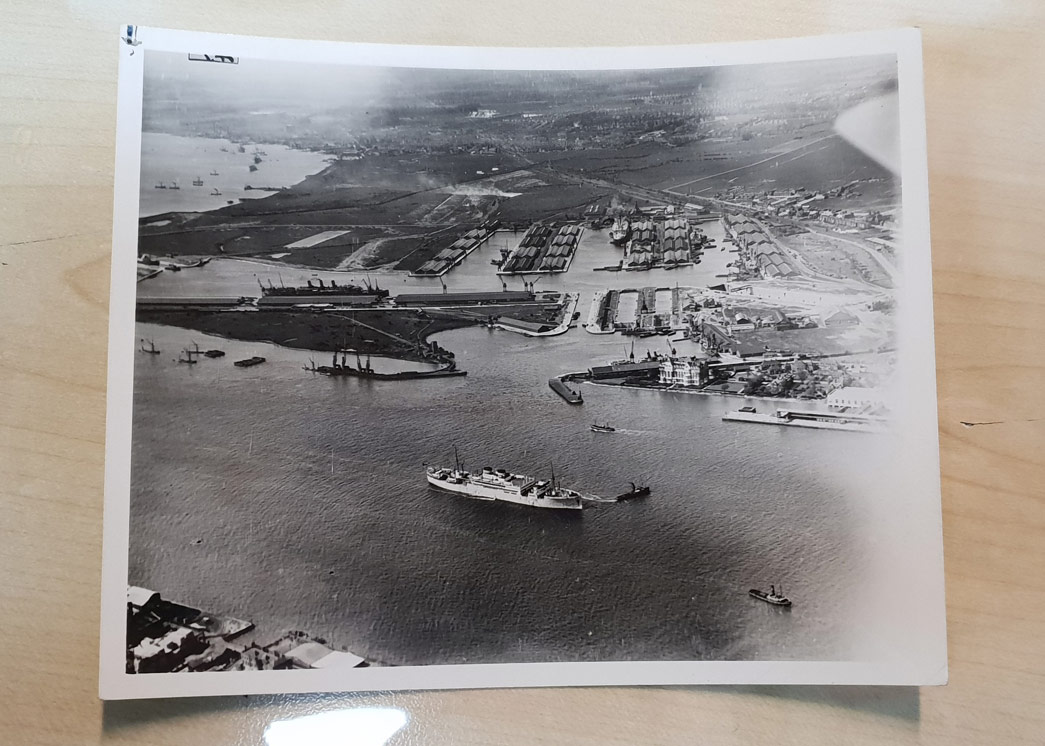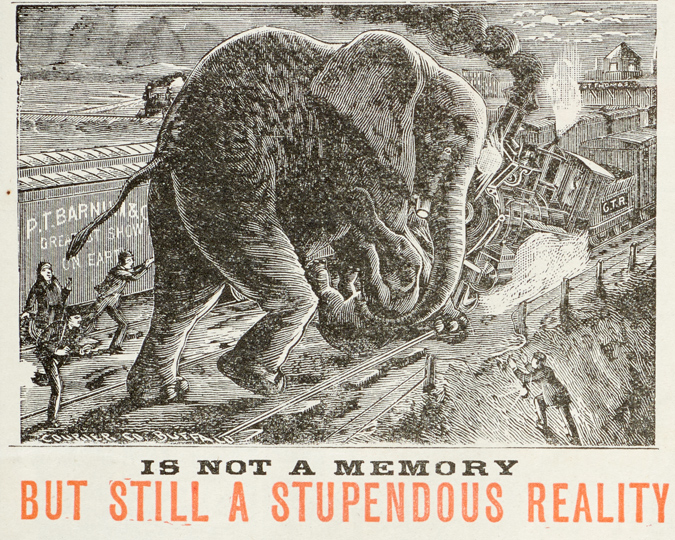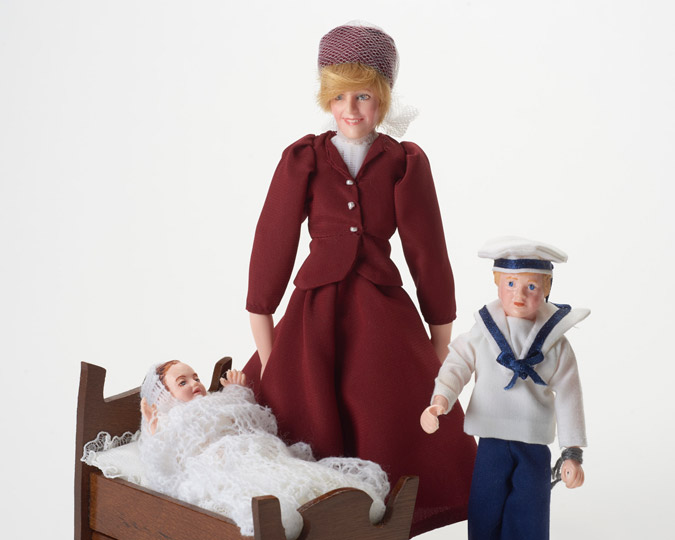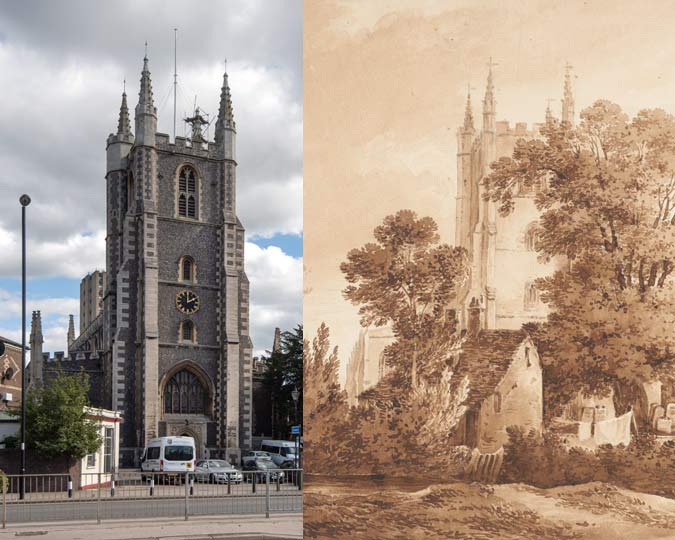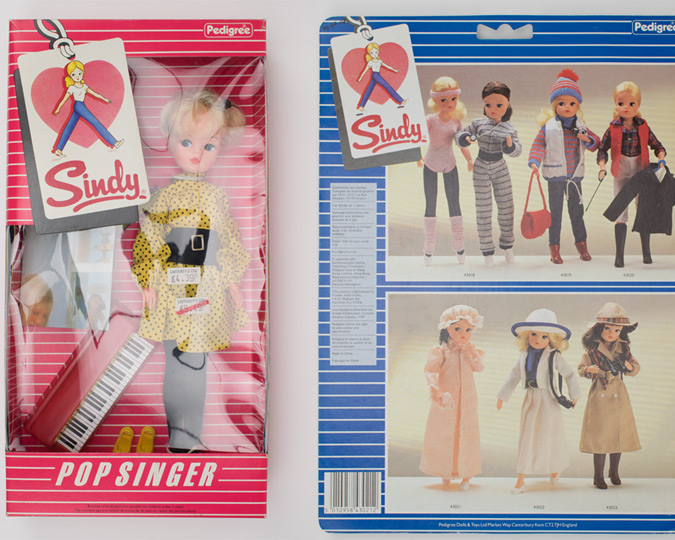Crystal Mah-Wing has been working with our Collections Care and Information Resources departments to learn how a museum takes care of our objects. She describes the experiences and challenges of moving a whole museum to a new site at West Smithfield.
New Museum school
The Museum of London is planning to move to a new location: the incredible buildings of West Smithfield General Market. I've been lucky enough to get an insider's view of the preparations for that move as a Collection Care Trainee.
My position as a trainee is run by organisations Culture& and Create Jobs on a programme called New Museum School. The New Museum School offers placements in cultural organisations around London, currently supporting 16 placements in different areas of the heritage sector. The programme is a one year placement that allows me to on the job, working towards a diploma before testing my skills in the industry.
Over the last 7 months, I have been training in Collection Management to learn about how museums preserve their collection. My work mainly consists of improving documentation, working in the archives and learning about managing hazards, pests and environmental conditions. This has been an exciting experience where I have learnt a lot about the different roles who work to protect the Museum of London collection.
A peek inside West Smithfield
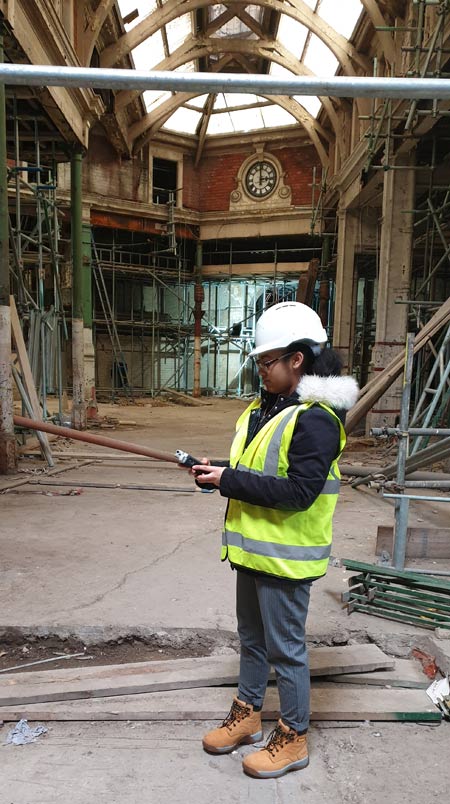
Crystal Mah-Wing inside West Smithfield
West Smithfield is the location of the new Museum of London. I have had the opportunity to work alongside some of the museum's conservators to have a peek into the site of West Smithfield and learn about what it takes to build a new museum. I spoke to Catherine Nightingale, Conservation Manager, and Letitia Steer, Collection Care Conservator, to find out the process and first steps of examining the new site.
West Smithfield has been derelict for many years and will take a lot of work to make it the new home of the Museum of London. But there are some incredible finds like spiral staircases, old signs, light fittings, chairs and other objects that show us the life of the market employees. Taking a trip to the new site required me to suit up in Personal Protective Equipment including high visibility jacket, hard hat and steel toe cap boots to ensure that I was safe from the hazards and other building works taking place.
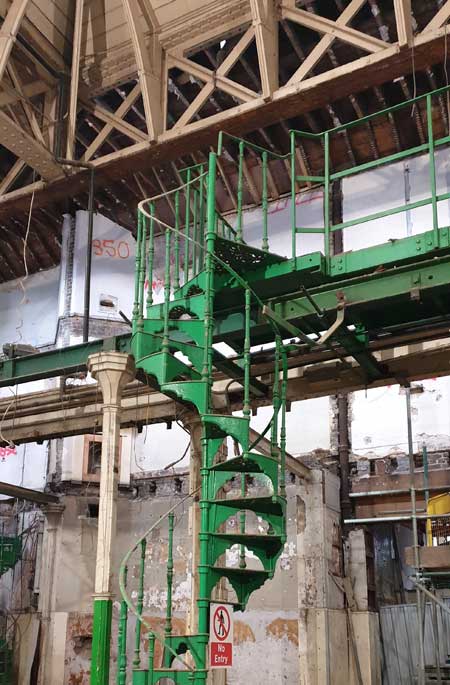
As the objects found are not currently property of the Museum of London, the first step is to identify if the museum is able to collect the material that it would like to retain. Then, the objects are considered for reuse in the fabric of the building. They are reviewed first by conservators and curators for health and safety and then passed onto the architects, Julian Harrap Architects and Stanton Williams and Asif Khan.
They decide the practicalities of reusing them safely to tell the history of the market and rebuild the museum. Some of these site finds are significant enough for us to acquire as part of the permanent museum collection, and our curators are continuing to find objects that we may want to use in our galleries, to help tell the story of the Smithfield site.
Safeguarding history: what is Collections Care?
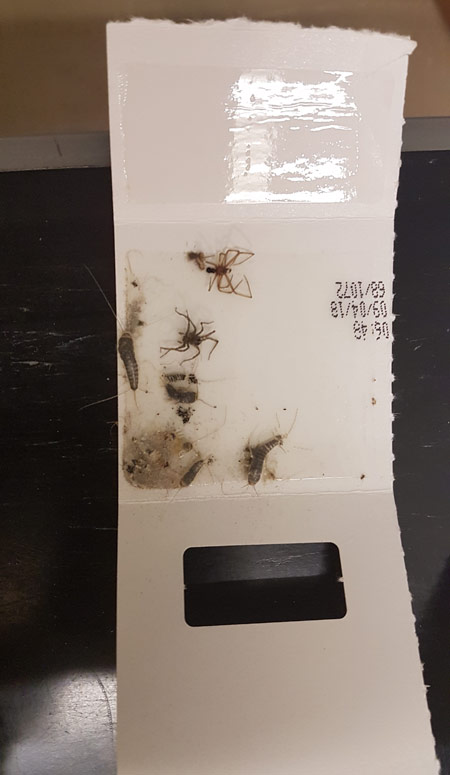
A pest trap in the collections store
In Collection Care, I have been working alongside conservators to learn about caring for an entire collection of museum objects. Collection Care manages risks to that collection by monitoring the environment, pest populations, hazards and emergency and salvage response.
In order to monitor pest populations, I have been completing quarterly pest trapping sessions in which I change the pest traps located around the museum. These include pheromone traps specifically for moths and blunder traps for any other crawling pests. Once these are changed, I note down in a spreadsheet the type of pest and quantity, allowing us to compare our results to previous years and see any change in numbers. This is important as it reduces the risk of infestation. By understanding what types of pests are in the museum, conservators can identify their habits and therefore understand changes in environmental conditions as well.
Sensors placed around the museum help conservators to keep track of the environment that the objects are stored in. Using these sensors, we can graph changes in environmental stability, and agree changes to lighting, humidity, vibration and other factors.
Collection Care is important for the collection as we are responsible for the stability of the environment the objects are stored in. Regular monitoring of the environment and ensuring pest populations are kept to a minimum prevents a large amount of deterioration to objects. This in turn allows for objects to have an extended lifetime, preserving them for the public, researchers and future generations.
Recording history: what is Information Resources?
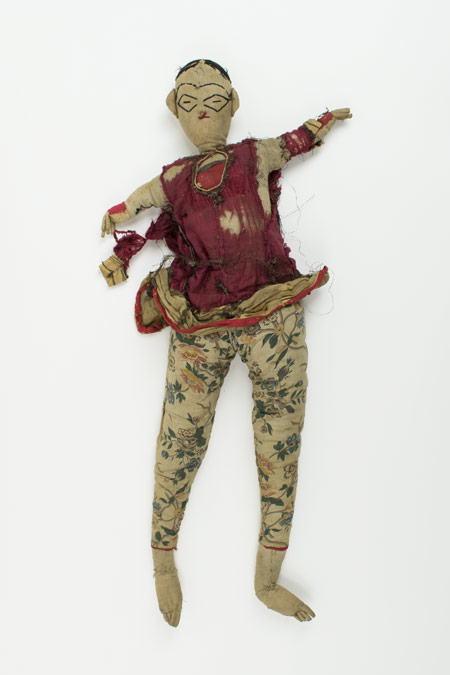
A rag doll, photographed in our Dress and Textiles store
In the museum's Information Resources department, I have been working as part of a team to upgrade documentation throughout the museum’s collection. These are the records and information that the museum keeps about every object in our stores.
Some of the fundamental aspects of documentation include the measurements, materials and descriptions; dates, who made the object, and any small details about the object. All of this work goes towards making the collection available online for public use and to give each object an identity and purpose within the collection.
The team have come across many weird and wonderful objects, from the dolls found in the Dress and Textile Store to Jonathan King’s handmade Valentines Cards found in the Printed Ephemera Store.
I have also been working in the Port and River Archive at the Museum of London Docklands, to enhance their catalogue of photos of Tilbury Dock taken before the Second World War. This has been quite a challenge: I had very little knowledge of the London Docks when I started my traineeship. However, creating an electronic catalogue and an order within the archive for this specific collection has enhanced my knowledge greatly, not just on life in London's docks but on which elements of cataloguing are most important.
When cataloguing these photos, I came across one picture that did not appear to be Tilbury Dock: it had been misfiled. When this matter was flagged to the Port and River Archivist, I was given the opportunity to find the home for this photo. I searched through old maps to locate this specific location. I was pleased to have found it and to relocate the photo, which belonged to the Royal Albert Dock.
It's important to correct documentation issues within the museum’s collection, as objects have a history that makes them unique. We ensure each object has the same basic information recorded, but we also make sure to catalogue the peculiarities of every single one. These individual factors distinguish each object and are the reason they are part of the Museum of London’s collection.
Moving forwards
I recently visited West Smithfield again, to record ambient sounds for my episode of a podcast series produced by the New Museum School, called Moving History. Listen in to hear more about what I've learned in my time at the Museum of London.
It has been interesting to see the project progress, and how the topics I have learnt on my traineeship with Collection Care and Information Resources are helping to create the new museum. Aside from the collection, working alongside the conservators at West Smithfield has given me a great insight into how museum practices are used on a larger scale and the considerations of suitably housing a collection in a historic building. It's taught me the importance of caring for the museum's collection, in order for it survive for future generations to learn from.








